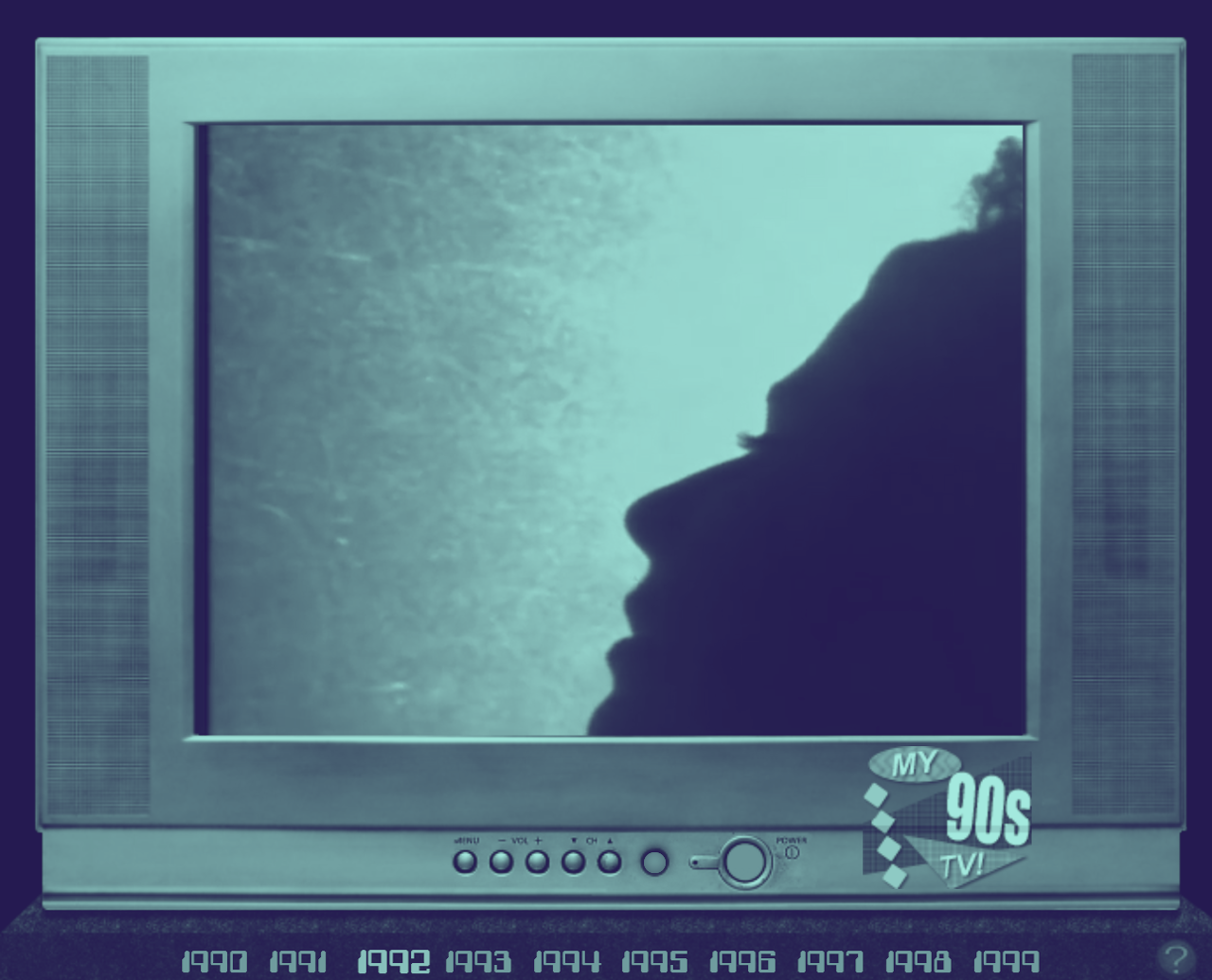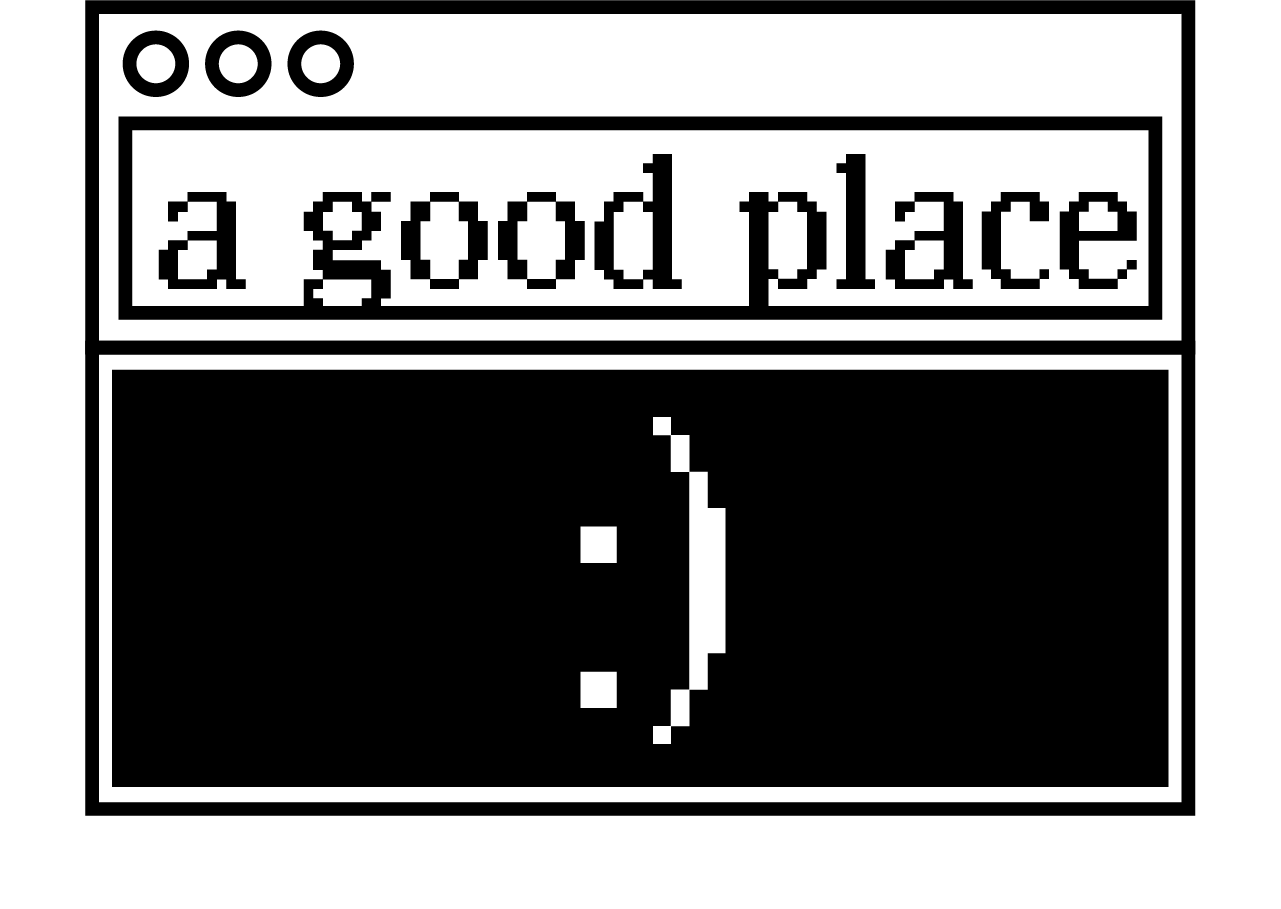but this place is just right.
Before it was an emotion to be felt or an aesthetic to be consumed, nostalgia was first and foremost a psychological malady. “In the 19th and 20th centuries,” this 2013 New York Times piece tells us, “nostalgia was variously classified as an ‘immigrant psychosis,’ a form of ‘melancholia’ and a ‘mentally repressive compulsive disorder’ among other pathologies.” With the benefit of more sophisticated thinking, we thankfully debunked this idea. At the very least, we no longer think about institutionalizing old Polish people who are merely wistful for “the old country.” Per the same article: “Nostalgia has been shown to counteract loneliness, boredom and anxiety. It makes people more generous to strangers and more tolerant of outsiders. [...] On cold days, or in cold rooms, people use nostalgia to literally feel warmer.”
Far be it from me to disagree with the conclusions of educated researchers, but having witnessed the extent to which nostalgia has been commodified this past decade, I’m inclined to think the truth falls somewhere between these two poles (not counting for the “immigrant psychosis” thing, which is insane). Nostalgia functions as a powerful motivator precisely because it is both a warm feeling that brings disparate people together and a clouding influence on our judgments. If you’ve ever felt the need to watch an obviously bad reboot of a beloved film franchise, read a BuzzFeed list about being a ’90s kid, or considered buying these shorts, you’re familiar with this sensation. .
Modern nostalgia only really gains traction when it plucks directly from the past’s monoculture. The 1990s were decidedly not the 1950s, where every household in America watched I Love Lucy and The Honeymooners, yet this wave of reductionist content could easily trick you into believing its only TV shows were Seinfeld, The Fresh Prince of Bel-Air, Friends, and Full House. Nostalgia scrubs away nuance, understating the importance of any artifact that didn’t have lasting cultural penetration while overstating the merits of those that did.
Enter My ’90s TV, one of the rare places on the internet that strives to go deeper. Created by self-described “nostalgia nut,” Joey Cato, My ’90s TV is a curated collection of 7,280 YouTube Videos, the likes of which he’s mined from the deepest crags and most obscure recesses of the ’90s. It’s a Now That’s What I Call Music! CD, if it were filled with O-Town and Blessid Union of Souls B-Sides.
Take, for example, the little-known 1996 sitcom, Homeboys in Outer Space. After stumbling across its theme song on My ’90s TV, I looked it up on Wikipedia and found myself floored by its harebrained premise: “The plot centers around two astronauts [...] who flew around the universe in a winged car, nicknamed the ‘Space Hoopty,’ [...] a cross between a lowrider and an 18 wheeler, piloted by a talking female computer named Loquatia.”
Equally fascinating, consider The Adventures of Don Coyote and Rancho Panda, a 1990 children’s cartoon loosely based on Miguel De Cervantes’ Don Quixote. Or, what about this episode of All American Girl — Margaret Cho’s short-lived sitcom — guest-starring Quentin Tarantino? In contextualizing how popular Tarantino was in the ’90s, and how far the conversation about media representation has progressed since 1994, this singular half-hour of television offered a more representative snapshot of the era’s zeitgeist than the Spice Girls’ entire discography.
Cato’s collection is vast enough to cater to the tastes of all (English-speaking) people. From a highly problematic daytime talk show segment titled “My Husband Wears My Clothes” to the real-time launch of MSNBC in 1996 — videos which I somehow discovered within minutes of each other — the examples are endless.
This unpredictability is just as much a part of the collection’s appeal as the videos themselves. Much more elaborate than a YouTube playlist, this collection is hosted on a website programmed to generate these videos at random, and play them in an interface designed to look like an old-school television set. Thus, on My ’90s TV, you don’t select another video, you “change the channel.” To indicate your videos are loading, your screen fills with TV static. The site allows you to filter by year, and it gives you the option to disable video categories you’re not interested in pulling from (trailers, commercials, music, etc.), but there is more than enough variation across each individual year and each individual category to keep you on your toes. The cumulative effect of these clever design choices is to simulate the nearly extinct joy of channel surfing. You’ll discover gems that would’ve otherwise never crossed your path, and when you do, you can be sure your appreciation isn’t being colored by past memories.
This is the appeal of My ’90s TV in a nutshell. It offers you the freedom to set aside your nostalgia entirely and appreciate the ’90s for what they truly were: an awkward transitional period filled with sometimes great, sometimes absurd, sometimes tacky, and sometimes problematic ephemera. In other words, they were a decade just like any other.

